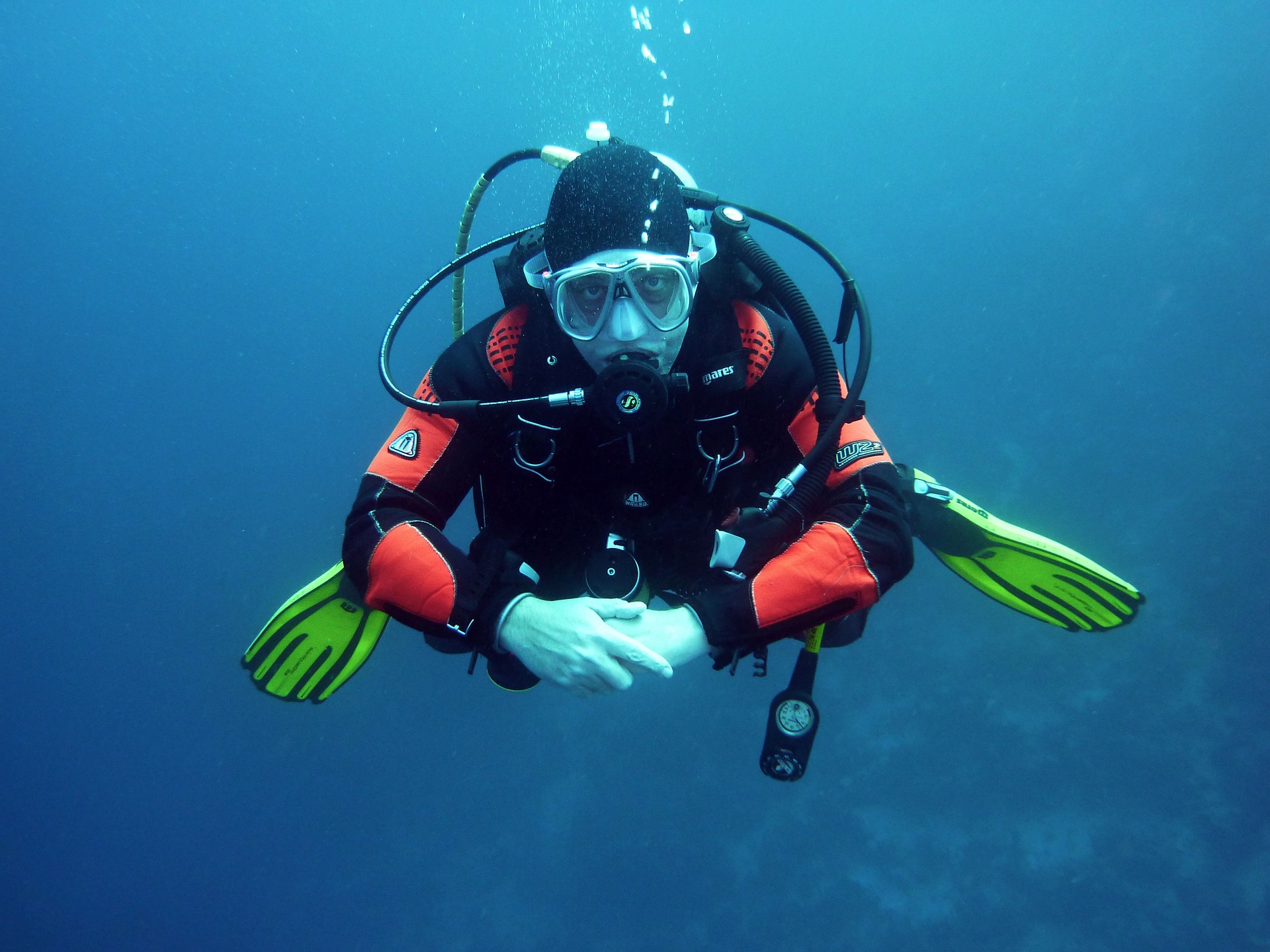
10 safest diving sites in the world
DIPNDIVE has compiled a list of the top 10 safest diving sites around the world. Each was evaluated based on visibility, average water depth, marine life risk, proximity to medical facilities and local diving regulations.
Each was ranked by creating a composite safety score, balancing environmental conditions, the strength of regulatory frameworks and the proximity of emergency response.
1. Silfra Fissure, Iceland
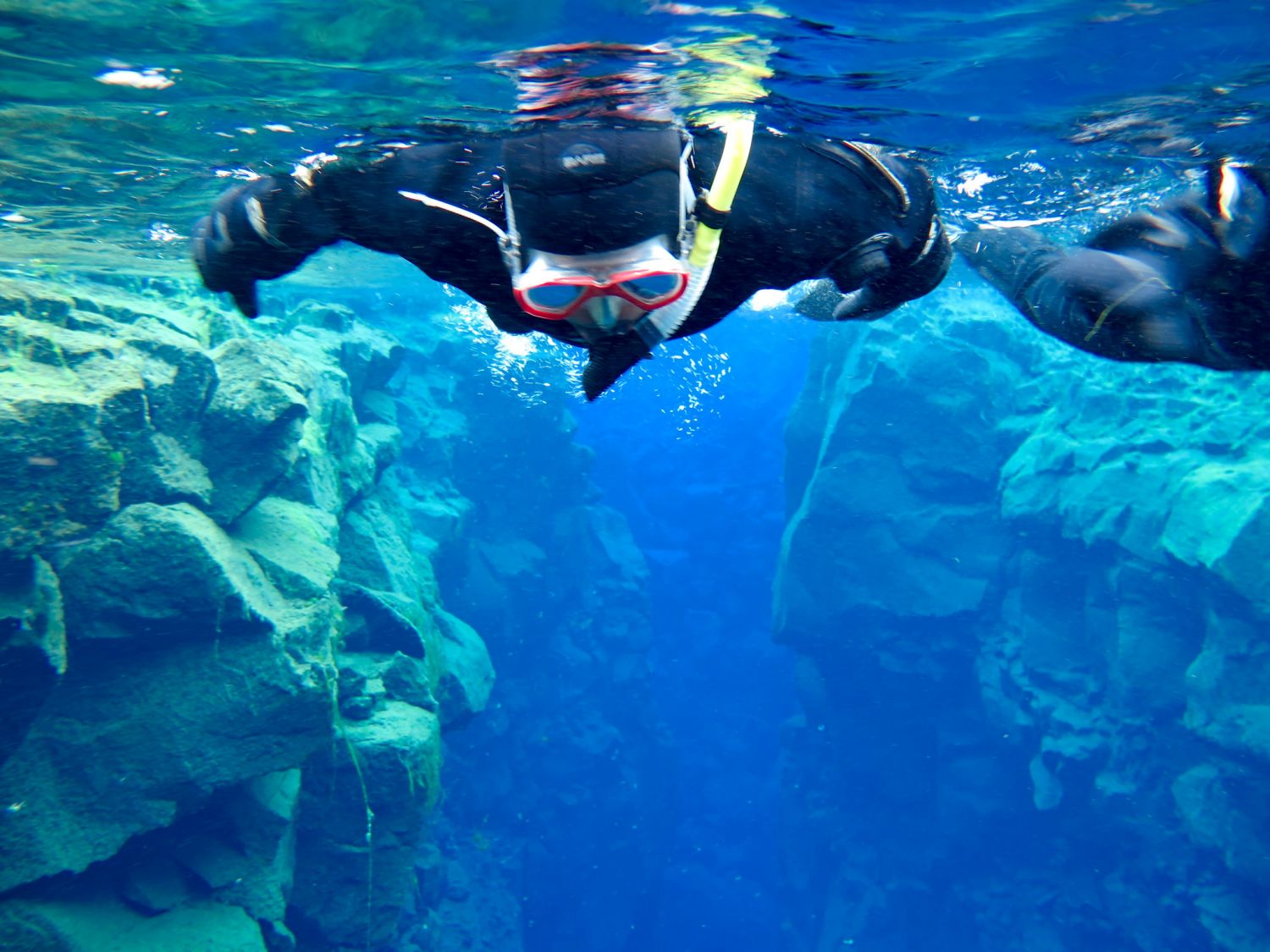
2. Tubbataha Reefs, the Philippines
Coming in second place, Tubbataha Reefs in the Philippines scores 43.2 for safety. Moreover, the site boasts the second-highest visibility ranging from 30 to 45 (98 to 148 feet) meters, while the depth is an impressive 100 meters (328 feet), offering a diver’s haven despite its remoteness and some risks from marine life. As for strong diving regulations, these keep safety a priority, with medical facilities some four hours away.
3. Maldives Atolls
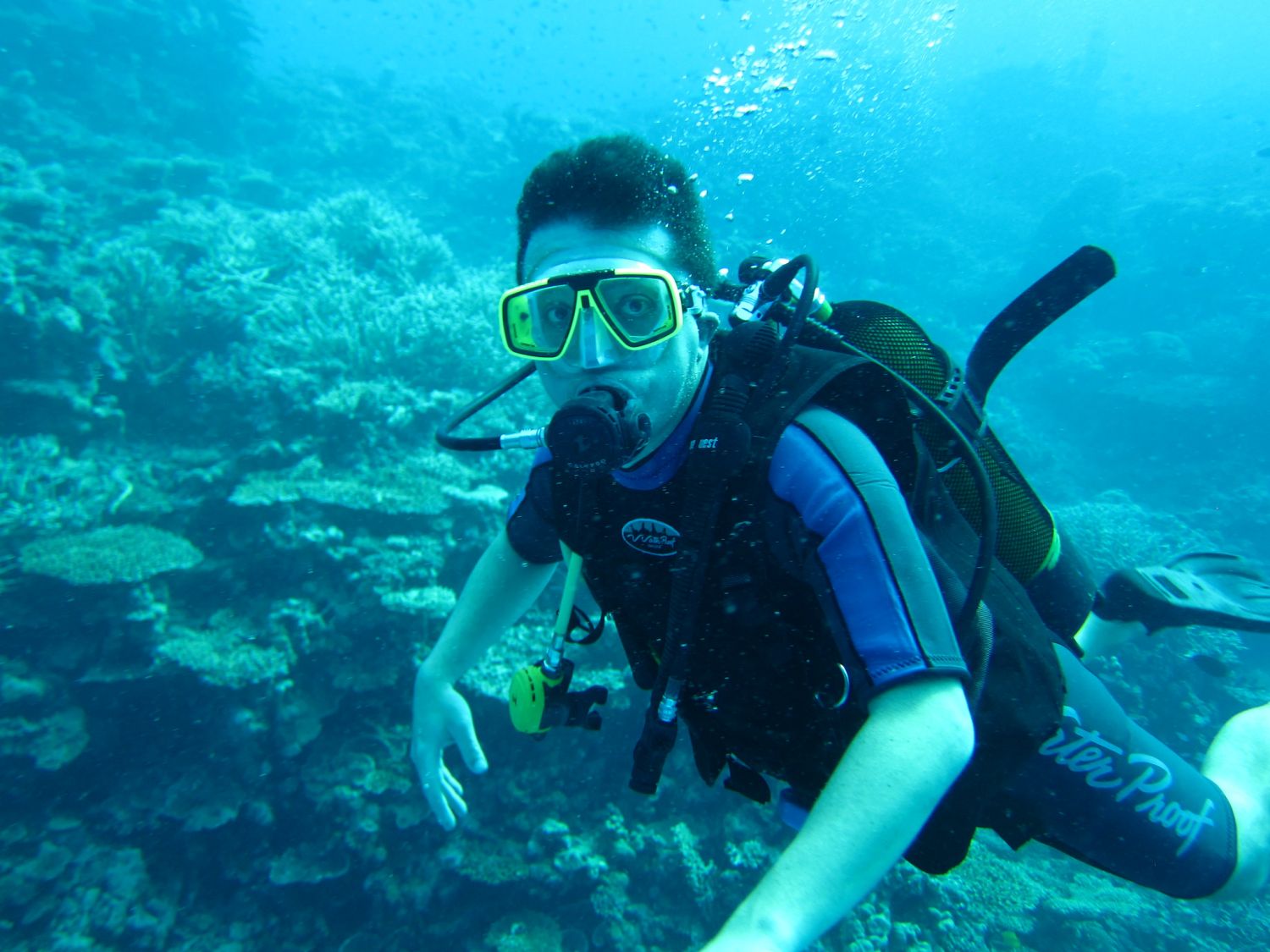
4. Palau, Micronesia
Ranking in fourth place, Palau, Micronesia ranks with a score of 40.4. The diving site offers 20 to 40 meters (66 to 131 feet) of visibility and a depth of up to 500 meters (1,640 feet), making it perfect for experienced divers. While it does feature some risks from marine species, the site’s proximity to medical facilities is a one-hour drive away. Moreover, Palau features strong diving regulations and a safety score of 75, which makes it a safe destination.
5. Key Largo, Florida, USA
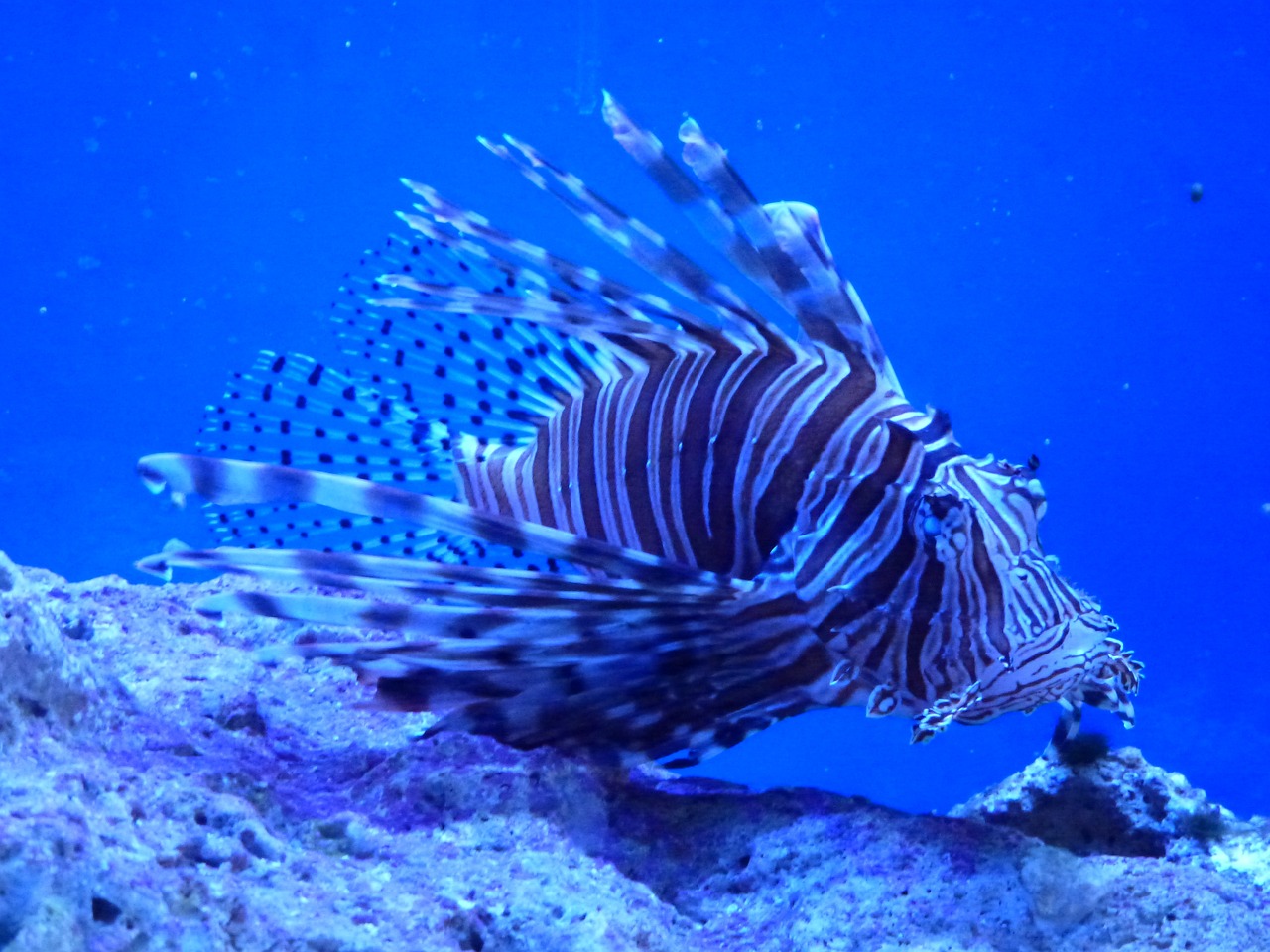
6. Bonaire Marine Park, Caribbean
Located on the beautiful island of Bonaire in the Leeward Antilles, Bonaire Marine Park comes in sixth place with a score of 38.5. The site features a 30-meter (98-feet) visibility, with a moderate depth of 30 meters (98 feet). With medical facilities only 30 minutes away and no dangerous marine life, this diving site scores 75 for diving safety regulations, offering a safe and enjoyable experience for divers of all skill levels.
7. Baa Atoll, Maldives
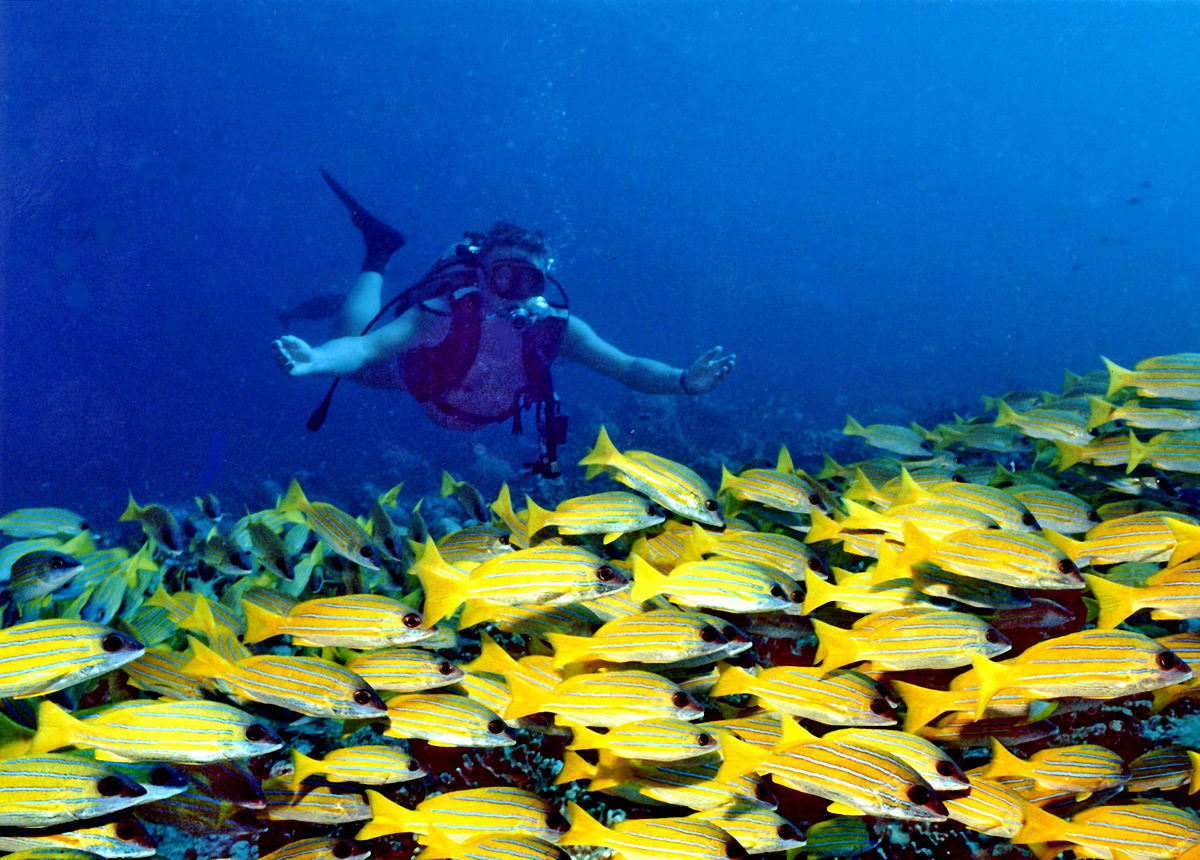
8. Great Barrier Reef, Australia
The iconic Great Barrier Reef off the coast of Queensland in Australia comes in eighth place, with visibility ranging from 15 to 21 meters (49 to 69 feet) and a depth of 35 meters (115 feet). While the site is a two-hour drive from medical services, and some dangerous marine life, this remains a popular and well-regulated diving spot with a high safety score of 100.
9. Yongala Wreck, Queensland, Australia
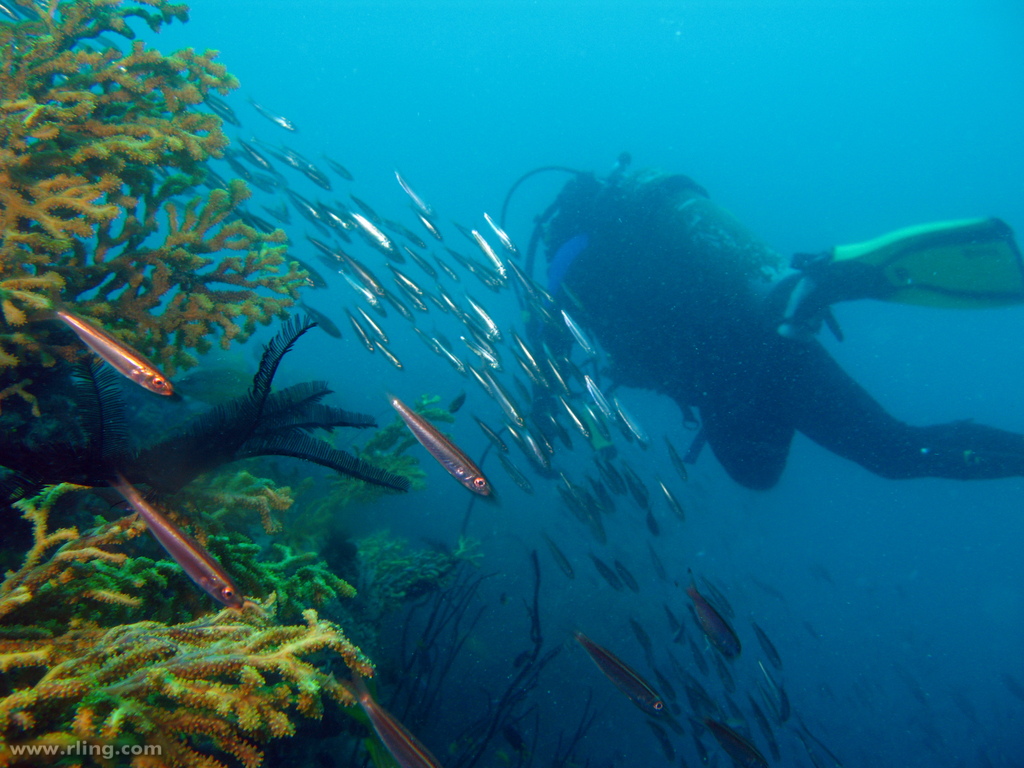
10. Kailua Kona, Hawaii, USA
Rounding out the top ten diving sites, Kailua Kona in Hawaii features an impressive 33 meters (108 feet) of visibility with an average 35-meter (115 feet) depth. While there are some dangerous marine species and proximity to medical facilities at 35 minutes away. Moreover, this site has top safety regulations (100), making it a safe and accessible option for divers.
About diving safety
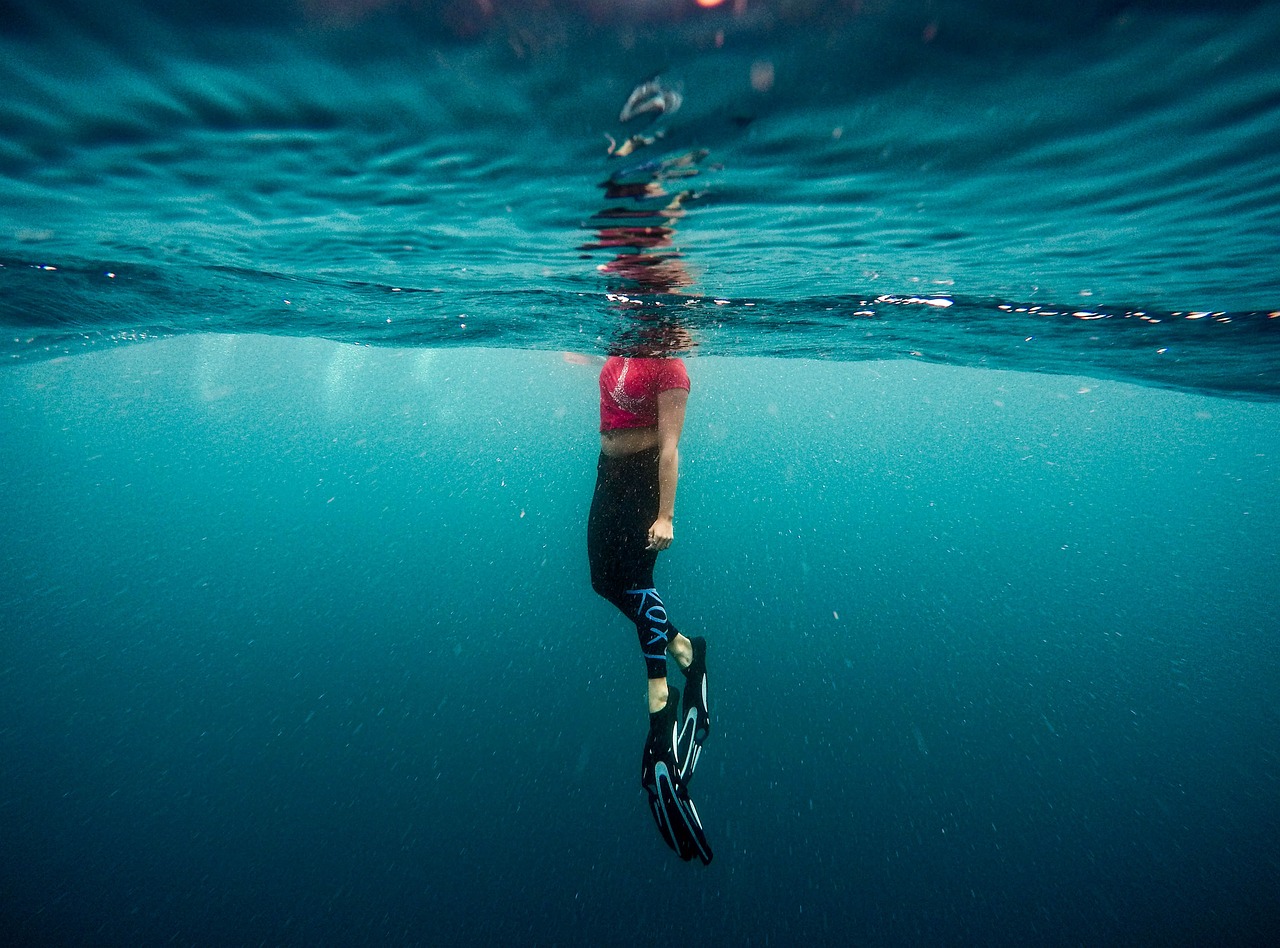
Diving safety relies on a mix of environmental conditions and regulatory oversight. Factors like visibility and water depth are crucial for divers to navigate safely, but it’s the less obvious elements—such as proximity to medical facilities and the presence of well-enforced local regulations—that can make or break a safe dive.
Even in locations with excellent water clarity, risks like marine life encounters or delayed medical response time can add layers of danger. Strong regulations and preparedness are essential for mitigating these risks and ensuring a secure diving experience.
Readers can view the full results of the study here.



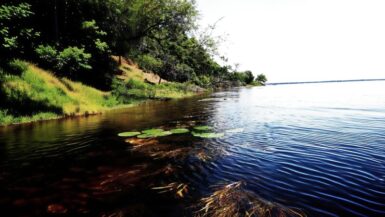
[…] this isolated cove is popular with both snorkelers and scuba divers seeking the best place to spend time with the marine life in the clear […]